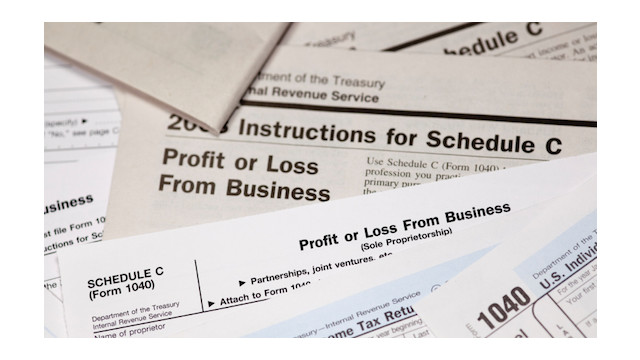IRS Highlights Expanded Depreciation and Expensing Rules
The IRS is highlighting tax reform changes that impact depreciation and expensing for nearly every business. In some cases, these changes allow small business owners and the self-employed to write off the cost of machinery, equipment ...
May. 13, 2019

The IRS is highlighting tax reform changes that impact depreciation and expensing for nearly every business. In some cases, these changes allow small business owners and the self-employed to write off the cost of machinery, equipment and other property more quickly.
Here is some key information to keep in mind.
100 percent, first-year ‘bonus’ depreciation
The bonus depreciation percentage is now 100 percent for qualified property acquired and placed in service after Sept. 27, 2017, and before Jan. 1, 2023. This means that businesses can often write off the full cost of most depreciable property in the first year they use it in their business. Depreciable business assets with a recovery period of 20 years or less and certain other property usually qualify. This means that machinery, equipment, computers, appliances and furniture generally qualify. Special rules apply for longer production period property and certain aircraft.
In addition, qualified film, television and live theatrical productions are among the types of property that may qualify for 100 percent bonus depreciation.
Businesses can immediately expense more
Businesses may elect to expense all or part of the cost of what is often referred to as Section 179 property and deduct it in the year they place the property in service. The maximum deduction is increased to $1,000,000, and the phase-out threshold is increased to $2,500,000. These amounts, adjusted annually for inflation, apply to property placed in service in tax-year 2019.
Section 179 property includes business equipment and machinery, office equipment, livestock and, if elected, qualified real property. Taxpayers can elect to include certain improvements made to nonresidential real property. See New rules and limitations for depreciation and expensing under the Tax Cuts and Jobs Act for more information.
Depreciation limitations on luxury automobiles
The Tax Cuts and Jobs Act (TCJA) changed depreciation limits for passenger vehicles placed in service starting in tax-year 2018. If a business doesn’t claim bonus depreciation, the greatest allowable depreciation deduction is:
- $10,000 for the first year,
- $16,000 for the second year,
- $9,600 for the third year, and
- $5,760 for each later taxable year in the recovery period.
If 100 percent bonus depreciation is claimed, the greatest allowable depreciation deduction is:
- $18,000 for the first year,
- $16,000 for the second year,
- $9,600 for the third year, and
- $5,760 for each later taxable year in the recovery period.
These amounts apply to property placed in service starting in 2018.
Applicable recovery period for real property
The general recovery period for residential rental property is 27.5 years. TCJA changed the alternative depreciation system recovery period for residential rental property from 40 years to 30 years. Under the new law, a real property trade or business electing out of the interest deduction limit must use the alternative depreciation system to depreciate any of its residential rental property. These changes apply starting in tax-year 2018.
Updates on the implementation of the TCJA can be found on the Tax Reform page of IRS.gov. Business owners can refer to the Tax Reform Provisions that Affect Businesses page for updates.
